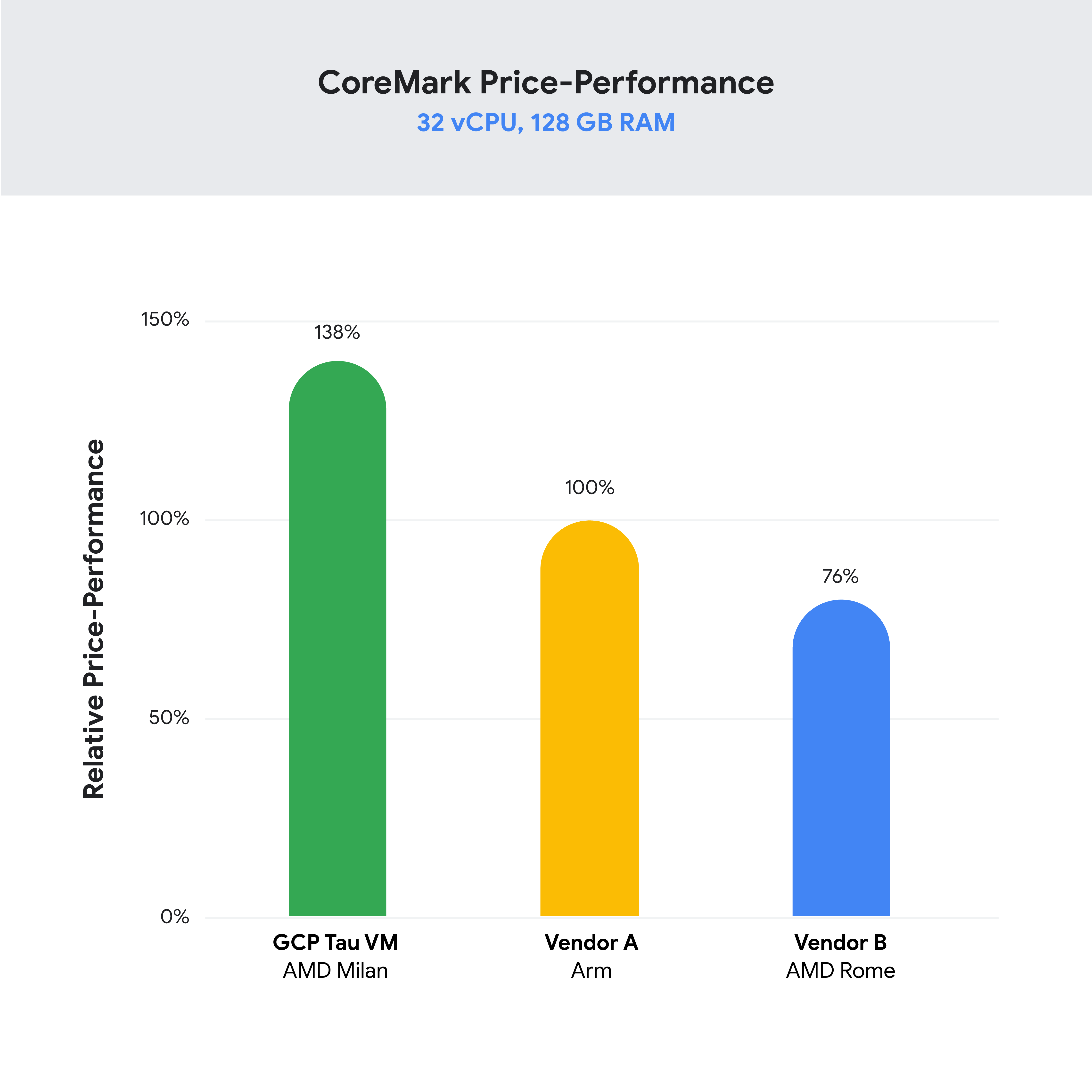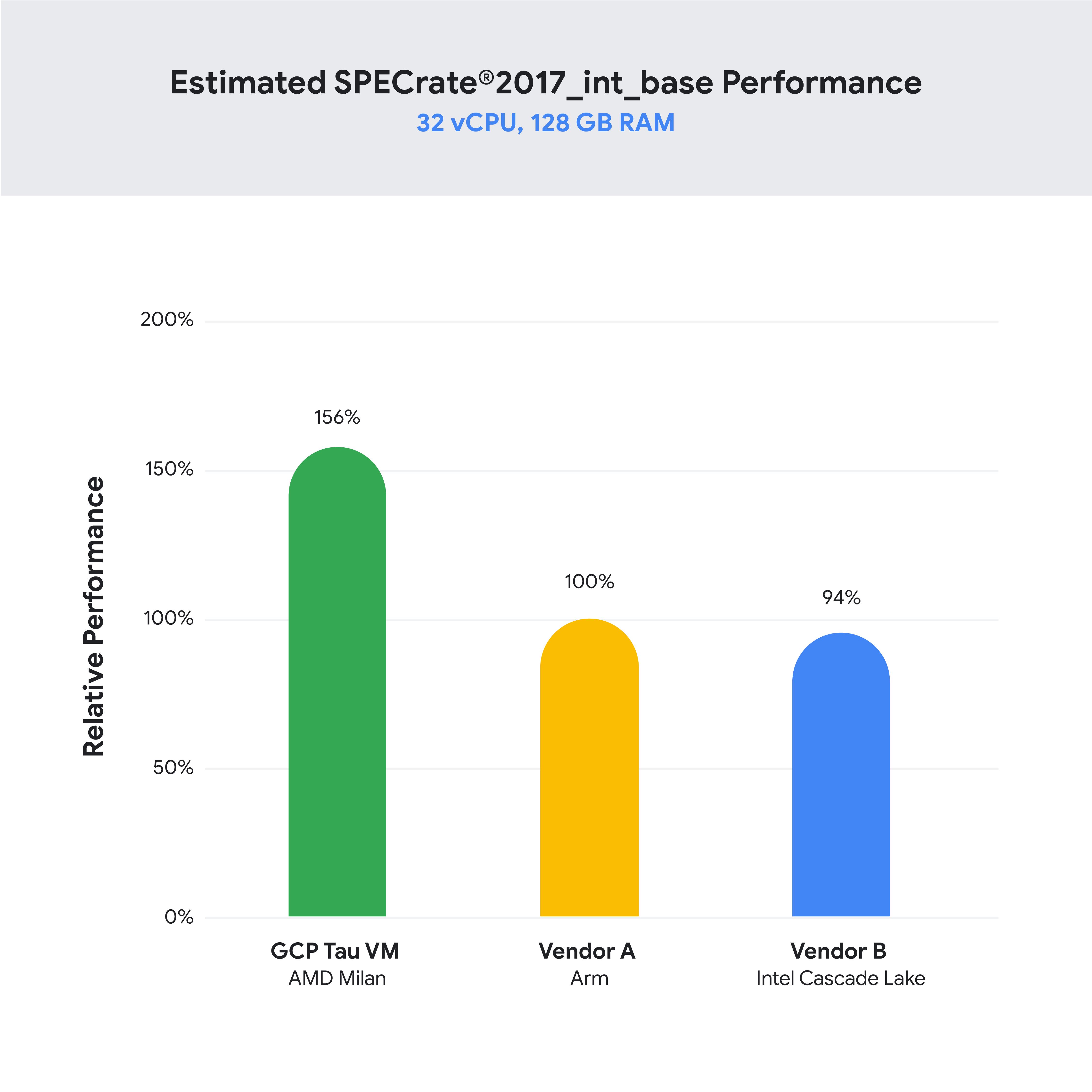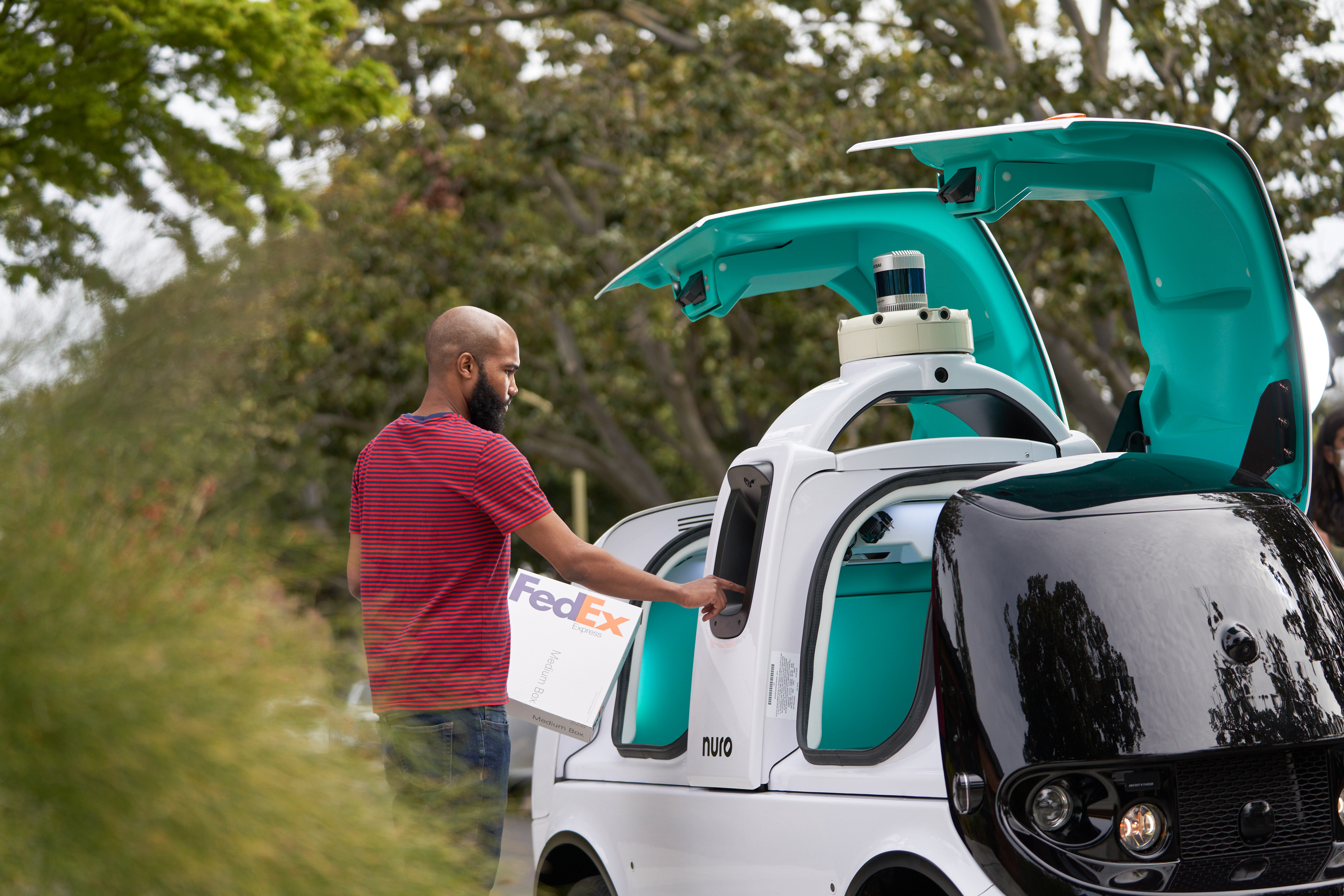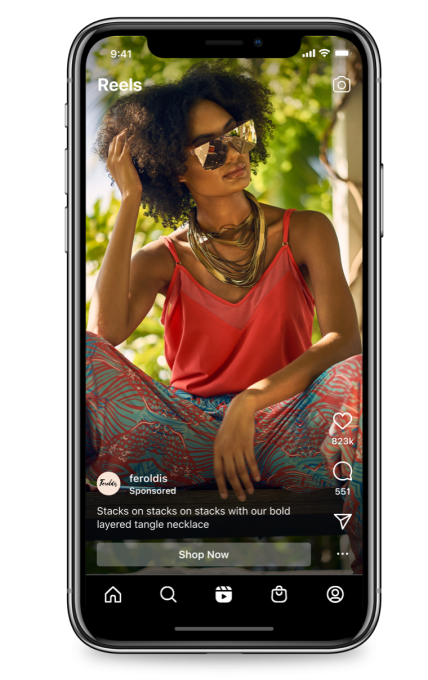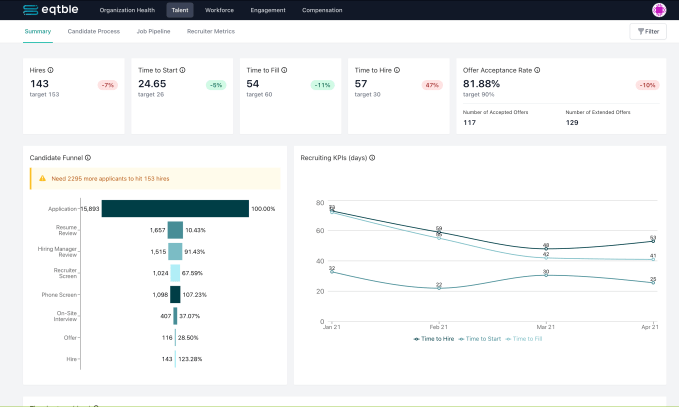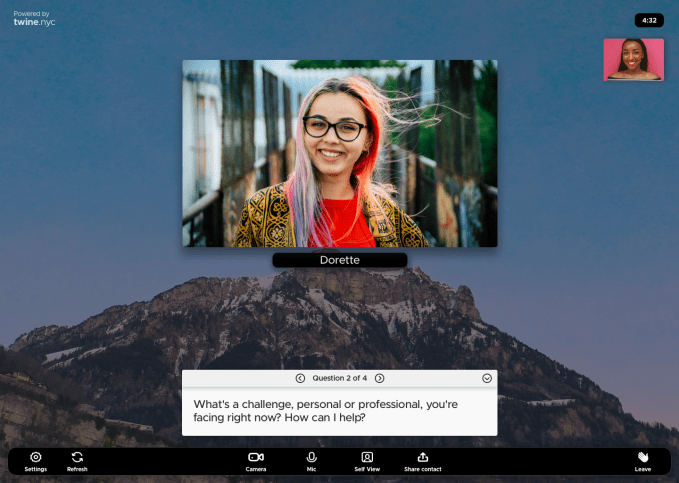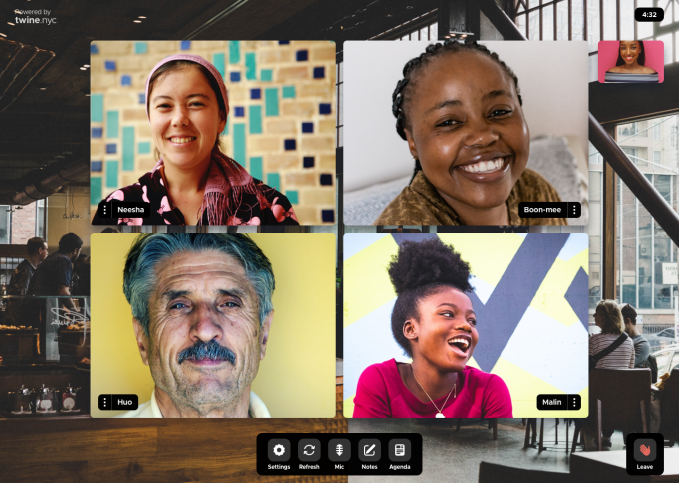Databases run the world, but database products are often some of the most mature and venerable software in the modern tech stack. Designers will pixel push, frontend engineers will add clicks to make it more difficult to drop out of a soporific Zoom call, but few companies are ever willing to rip out their database storage engine. Too much risk, and almost no return.
So it’s exceptional when a new database offering breaks through the barriers and redefines the enterprise.
Neo4j, which offers a graph-centric database and related products, announced today that it raised $325 million at a more than $2 billion valuation in a Series F deal led by Eurazeo, with additional capital from Alphabet’s venture wing GV. Eurazeo managing director Nathalie Kornhoff-Brüls will join the company’s board of directors.
That funding makes Neo4j among the most well-funded database companies in history, with a collective fundraise haul of more than half a billion dollars. For comparison, MongoDB, which trades on Nasdaq, raised $311 million in total according to Crunchbase before its IPO. Meanwhile, Cockroach Labs of CockroachDB fame has now raised $355 million in funding, including a $160 million round earlier this year at a similar $2 billion valuation.
The past decade has seen a whole new crop of next-generation database models, from scale-out SQL to document to key-value stores to time series and on and on and on. What makes graph databases like Neo4j unique is their focus on the connections between individual data entities. Graph-based data models have become central to modern machine learning and artificial intelligence applications, and are now widely used by data analysts in applications as diverse as marketing to fraud detection.
CEO and co-founder Emil Eifrem said that Neo4j, which was founded back in 2007, has hit its growth stride in recent years given the rising popularity of graph-based analysis. “We have a deep developer community of hundreds of thousands of developers actively building applications with Neo4j in any given month, but we also have a really deep data science community,” he said.
In the past, most business analysis was built on relational databases. Yet, inter-connected complexity is creeping in everywhere, and that’s where Eifrem believes Neo4j has a durable edge. As an example, “any company that ships stuff is tapping into this global fine-grain mesh spanning continent to continent,” he suggested. “All of a sudden the ship captain in the Suez Canal … falls asleep, and then they block the Suez Canal for a week, and then you’ve got to figure out how will this affect my enterprise, how does that cascade across my entire supply chain.” With a graph model, that analysis is a cinch.
Neo4j says that 800 enterprises are customers and 75% of the Fortune 100 are users of the company’s products.
We last checked in with the company in 2020 when it launched 4.0, which offered unlimited scaling. Today, Neo4j comes in a couple of different flavors. It’s a database that can be either self-hosted or purchased as a cloud service offering which it dubs Aura. That’s for the data storage folks. For the data scientists, the company offers Neo4j Graph Data Science Library, a set of comprehensive tools for analyzing graph data. The company offers free (or “community” tiers), affordable starting tiers and full-scale enterprise pricing options depending on needs.
Development continues on the database. This morning at its developers conference, Neo4j demonstrated what it dubbed its “super-scaling technology” on a 200 billion node graph with more than a trillion relationships between them, showing how its tools could offer “real-time” queries on such a large scale.
Unsurprisingly, Eifrem said that the new venture funding will be used to continue doubling down on “product, product, product” but emphasized a few major strategic initiatives as critical for the company. First, he wants to continue to deepen the company’s partnerships with public cloud providers. It already has a deep relationship with Google Cloud (GV was an investor in this round after all), and hopes to continue building relationships with other providers.
It’s also seeing a major uptick in interest from the APAC region. Eifrem said that the company recently opened up an office in Singapore to accelerate its sales in the broader IT market there.
Overall, “We think that graphs can be a significant part of the modern data landscape. In fact, we believe it can be the biggest part of the modern data landscape. And this round, I think, sends a clear signal [that] we’re going for it,” he said.
Erik Nordlander and Tom Hulme of GV were the leads for that firm. In addition, DTCP and Lightrock newly invested and previous investors One Peak, Creandum, and Greenbridge Partners joined the round.

